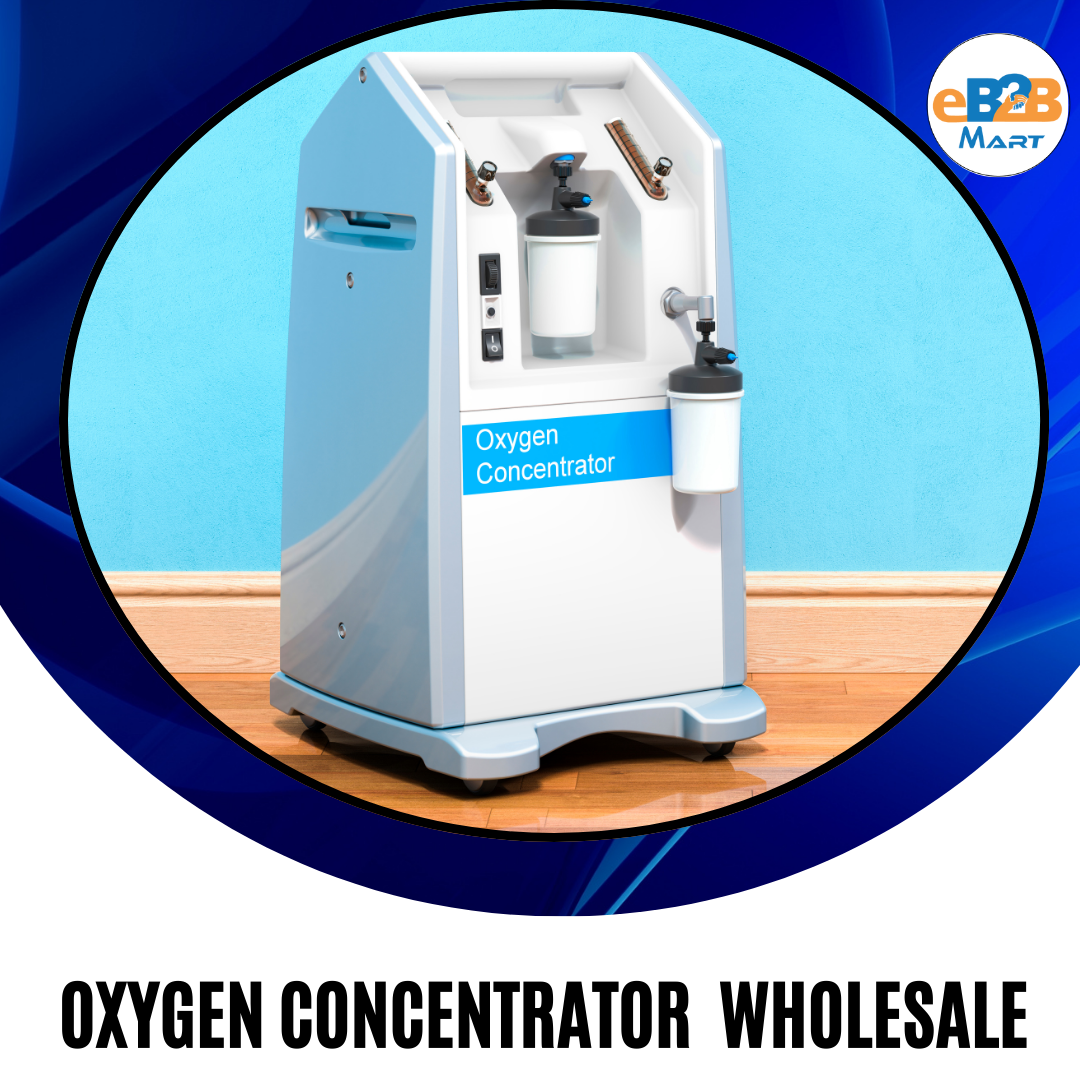Oxygen Concentrator Wholesale: Affordable Solutions for Healthcare Facilities
Introduction Oxygen is one of the most critical elements in medical care, especially for patients suffering from respiratory illnesses. Conditions like chronic obstructive pulmonary disease (COPD), pneumonia, asthma, and COVID-19 often lead to dangerously low oxygen levels in the blood. To address this, hospitals, clinics, and even home-care setups rely on oxygen concentrators. When sourced at wholesale, oxygen concentrators not only ensure availability for healthcare providers but also reduce costs significantly, making lifesaving treatment more accessible. What is an Oxygen Concentrator? An oxygen concentrator is a medical device that draws in ambient air, filters nitrogen, and delivers concentrated oxygen to patients. Unlike oxygen cylinders that require constant refilling, concentrators provide a continuous supply of oxygen as long as they are connected to power. This makes them cost-effective, sustainable, and easy to manage in both hospitals and home-care environments. Why Wholesale Supply Matters Healthcare facilities and distributors prefer wholesale procurement of oxygen concentrators for several reasons: • Cost Efficiency: Bulk purchasing reduces the per-unit cost, making it affordable for hospitals and suppliers. • Reliable Stock: Ensures consistent availability during emergencies and high-demand situations. • Wide Accessibility: Enables small clinics, rural healthcare centers, and home-care providers to offer oxygen therapy at lower costs. • Scalability: Ideal for meeting the growing demand in both domestic and international markets. Wholesale suppliers act as a vital link between manufacturers and healthcare institutions, ensuring smooth distribution across regions. Key Features of Modern Oxygen Concentrators Manufacturers and suppliers focus on advanced features to meet diverse medical needs: • Different Flow Capacities: Available in 3L, 5L, and 10L per minute models. • Portability: Compact and lightweight designs suitable for home and travel use. • Low Maintenance: Designed for durability with minimal servicing needs. • User-Friendly Interface: Simple controls for both healthcare workers and patients. • Energy Efficiency: Lower power consumption for long-term usage. These innovations make oxygen concentrators more accessible and practical for widespread use. The Global & Indian Market Scenario The demand for oxygen concentrators surged globally during the COVID-19 pandemic, highlighting the need for reliable wholesale supply chains. Today, demand continues due to increasing cases of respiratory illnesses and rising healthcare awareness. In India, the wholesale market for oxygen concentrators has grown significantly. Suppliers are catering not only to large hospitals but also to smaller clinics and home-care providers. Platforms like eB2BMart have simplified sourcing by connecting verified suppliers with healthcare buyers, ensuring quick access to essential equipment at competitive prices. Challenges in Wholesale Distribution Despite the benefits, challenges remain in wholesale supply: • Logistics & Transportation: Ensuring timely delivery to remote areas. • Quality Assurance: Maintaining international medical standards across bulk supplies. • Cost Barriers: Smaller clinics may still find high-end concentrators expensive. • Training Needs: Users require basic knowledge for safe and effective operation. Suppliers and marketplaces are addressing these issues through better logistics, product certifications, and training initiatives. Conclusion Oxygen concentrators have become indispensable in modern healthcare, offering continuous, cost-effective oxygen therapy. Wholesale distribution ensures that hospitals, clinics, and home-care setups have reliable access to these critical devices at affordable rates. By partnering with trusted suppliers through platforms like eB2BMart, healthcare providers can secure high-quality oxygen concentrators in bulk, ensuring they are always ready to meet patient needs. Oxygen Concentrator Wholesale – delivering affordability, accessibility, and reliability for better healthcare.



